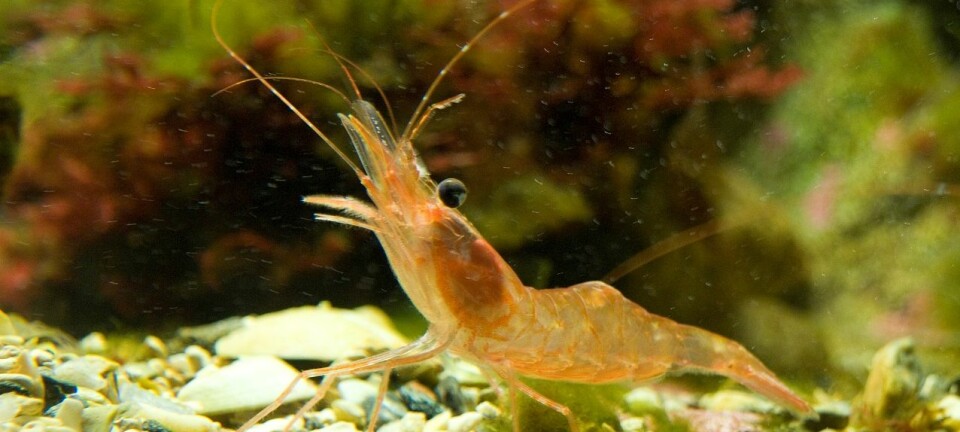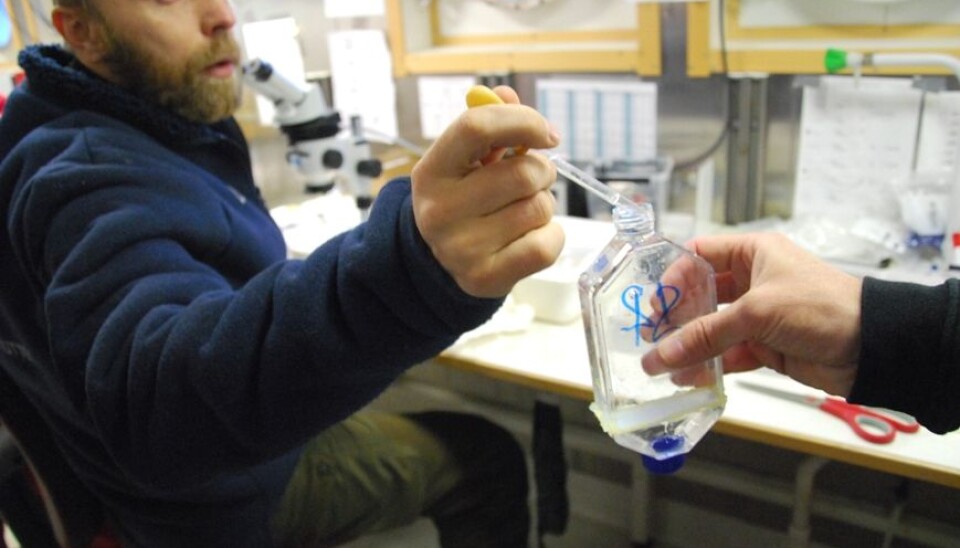
A ship loaded with copepods
The sweet smell of plankton envelopes researchers on deck as they haul up buckets of copepods, shrimp, algae and fish. Spring has come to the Labrador Sea. The marine science gold rush is in full swing.
Denne artikkelen er over ti år gammel og kan inneholde utdatert informasjon.
Lars Naustvoll peers into the microscope and fiddles with a dropper in a dish filled with water and dotted with tiny specks. One of the specks jumps away every time Naustvoll tries to catch it.
“What the…! It's fighting back, this one here!”
Of course he's not talking about some tiny, lifeless scrap of flotsam. The tiny fleck is a female zooplankton − a copepod, meaning “oar feet”. Its antennae are equipped with motion detectors, warning it of danger every time the pipette gets too close. That’s when it darts away, illustrating how it got its name.
Elusive as it may be, the tiny female doesn’t evade Naustvoll’s expert moves for long.
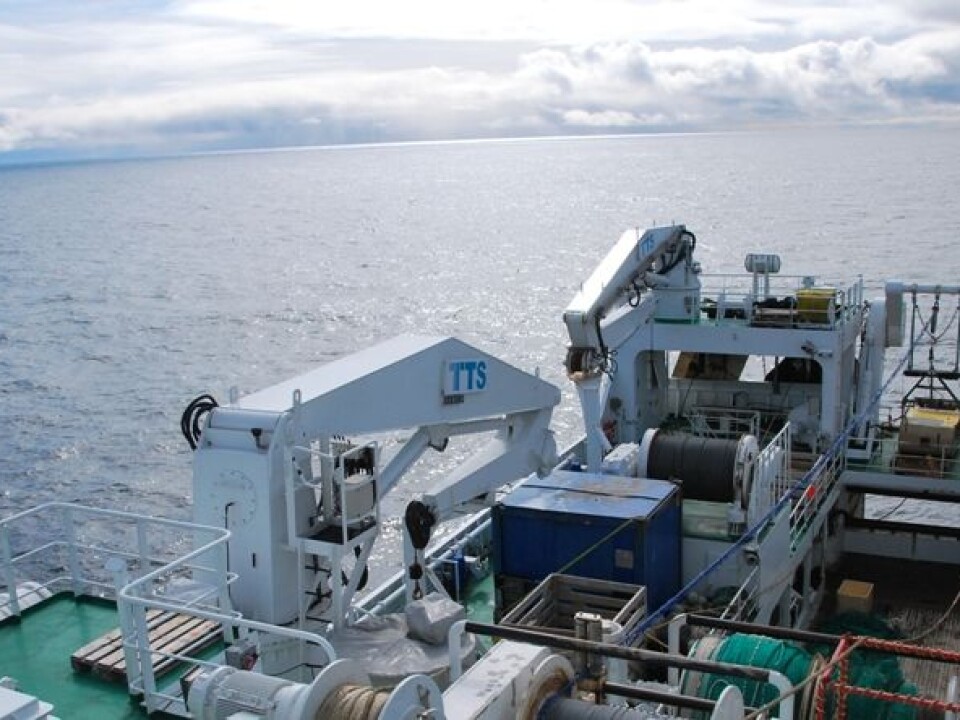
“There!” he says in relief, after a few tries. His colleague Ángel Fernández Lamas holds out a bottle and the recalcitrant copepod is squirted into it from the dropper.
She and many of her sisters will be releasing eggs in the next 24 hours. Afterwards somebody on board will face the even more painstaking job of counting the eggs they produced.
The copepod spawning experiment is just one of many research projects running simultaneously aboard the research vessel “G. O. Sars” over the next three weeks. The ship has already cruised from Bergen to Greenland’s capital, Nuuk. Now the trip is more or less retracing its route back to Norway.
Researchers at the Institute of Marine Research (IMR) in Bergen and several other institutions are trying to collect as much material en route as possible to give them an overview of the entire area.
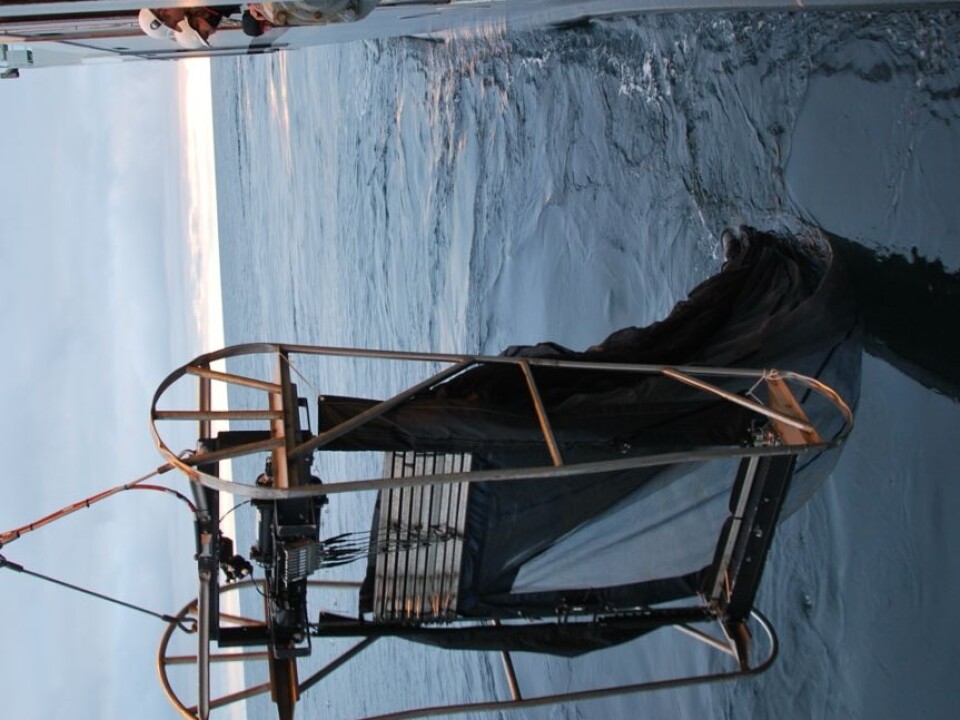
They will catch quite a cargo of copepods over the course of a six-week cruise.
The lucky ones
The tiny copepod should probably be glad it was allowed to spawn. Many of its brothers and sisters are already dead, instantly frozen at -80° C with the help of liquid nitrogen. Others have ended their lives in alcohol or a formaldehyde solution.
Their preservation will enable scientists around the world to study the copepods’ genes, gut contents, fatty acids and many other things this summer and fall.
The copepod Calanus finmarchicus is a prime reason why “G. O. Sars” is, at the time of writing, in the Labrador Sea, about halfway between Greenland and Canada. This particular type of zooplankton lives throughout the North Atlantic and is one of the most important species in the ecosystem here in the North.
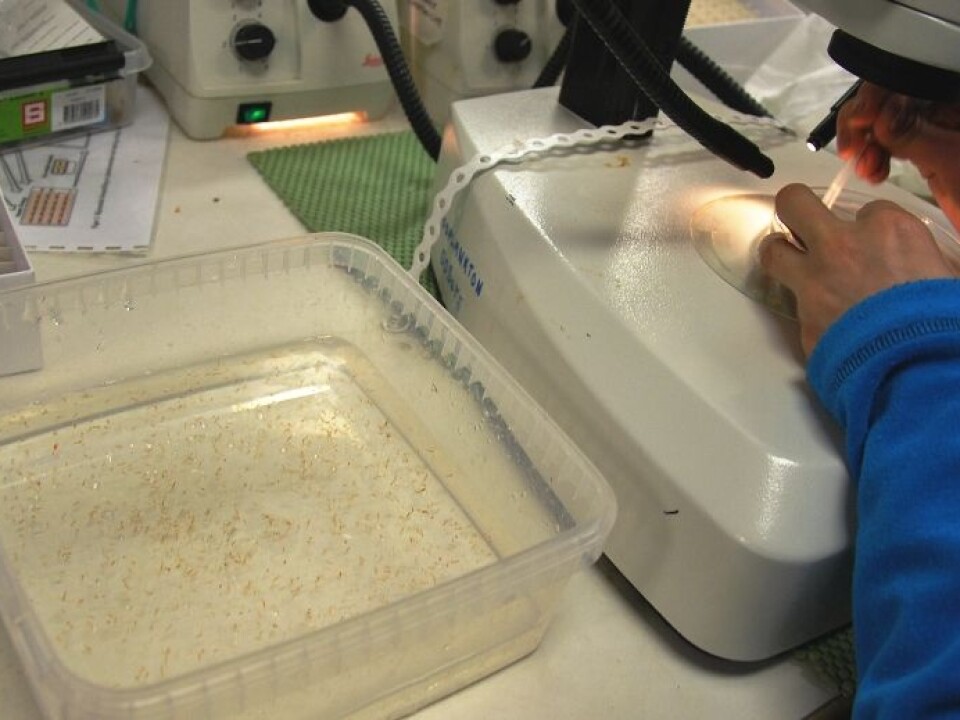
“It’s essential to the major commercial fish stocks and for whales and seabirds – it’s what they eat,” explains Webjørn Melle of IMR, who is in charge of this particular voyage and boss of the scientists on board.
The spawning experiment will provide answers about the proliferation of these copepods in the Labrador Sea, or how many larvae are hatched. This is just one mystery among many:
“How much do they eat, and what do they eat? How many eggs do they produce? Does this vary in different parts of the ocean? These are among the questions we are trying to answer on this voyage,” says Melle.
4,600 kilometres at shifting speeds
The voyage is part of the project Euro-Basin, which refers to the great ocean basins. These can be several thousand metres deep.
Over the course of the next three weeks we will be traversing the Labrador Sea, the Irming Sea south of Iceland, then the Iceland Sea to the north and finally the Norwegian Sea.
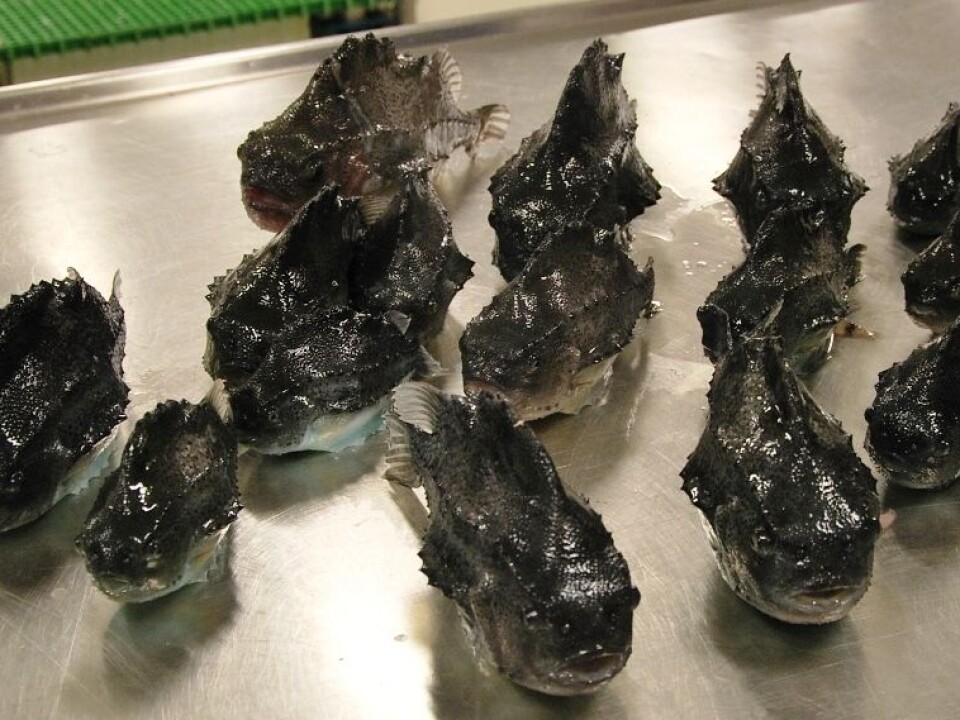
The objective is to gain understanding of differences among the various deep sea regions and how they interact.
A stream of numbers
The ship stays put or moves at a snail’s pace for up to 12 hours at a time while the crew hauls in landing nets loaded with organisms from the depths below.
There’s plenty of equipment to keep track of. Researchers are intermittently stopping one another in the passageways and asking what is going on: Which nets are out now? When are they being raised?
The scientists ae constantly conducting tests and measurements of the sea itself. The numbers stream in day and night – temperature, nutrients, salinity, chlorophyll, etc.
Cargo of copepods
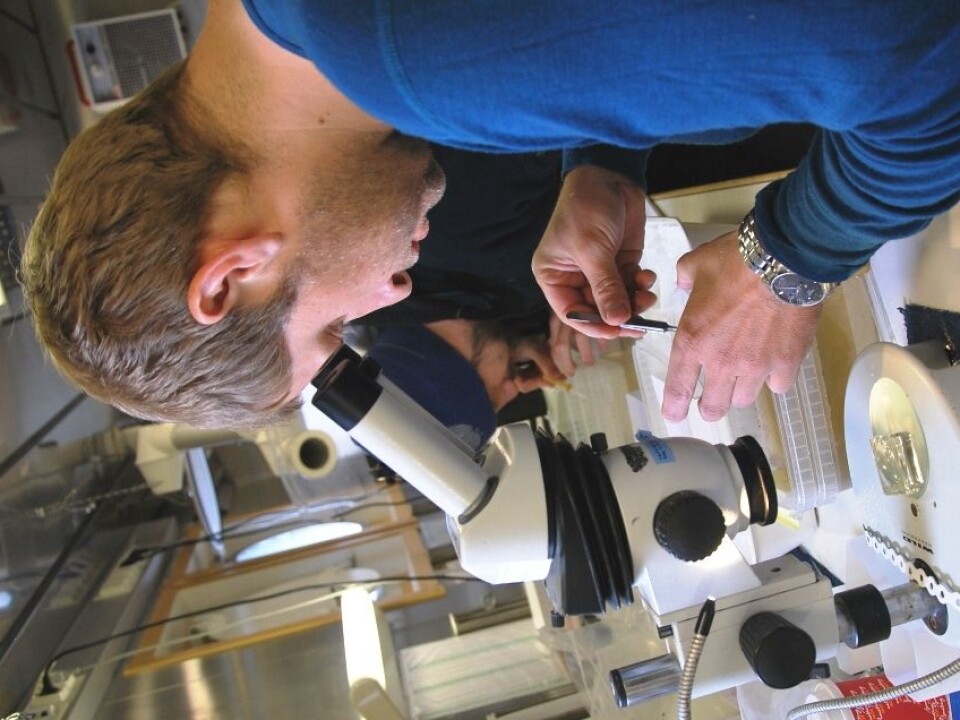
A huge collection of copepods is accumulating in the zooplankton laboratory below the aft deck.
Every time a special net is pulled out of the ocean the scientists gather ten individuals from each of the two last life-cycle stages of a Calanus finmarchicus from each depth.
They are also taking samples of its Arctic cousin, Calanus hyperboreus. The scientists are preserving ten individuals from this species in last three stages of its development and from all depths.
As the samples arrive, a sweet, metallic and slightly nauseating odor dominates the deck and permeates the labs. This is the smell of phytoplankton, small organisms at the bottom of the food chain, which the copepods eat.
Measured, weighed, registered – and released
The Calanus finmarchicus and their immediate cousins are not the only species the scientists are examining. The entire food chain is being charted. All sorts of phytoplankton, zooplankton, small fish, large fish, jellyfish, snails, shrimp and squids are caught, measured, weighed and registered.
Then they are frozen, preserved in alcohol or formaldehyde or thrown back into the sea.
The first net lowered to catch fish close to the surface hauled in some lumpfish (Cyclpterus lumpus), an odd-looking creature in the lumpsucker family. Today it’s only moderately interesting to the marine biologists on board. They are more intent on studying species such as salmon and herring.
So the lumpfish were returned to the sea, after being measured and weighed − and posing for a group portrait.
On to bigger prey
“Okay, it’s three o’clock!” shouts Espen Strand of IMR, and stretches his arms and shakes his shoulders.
The collection of female copepods is over, for now, and he and his colleagues are preparing for a catch from a net that collects bigger creatures – jellyfish, small fish, prawns – which dwell from surface waters to a depth of a kilometre.
Translated by: Glenn Ostling









